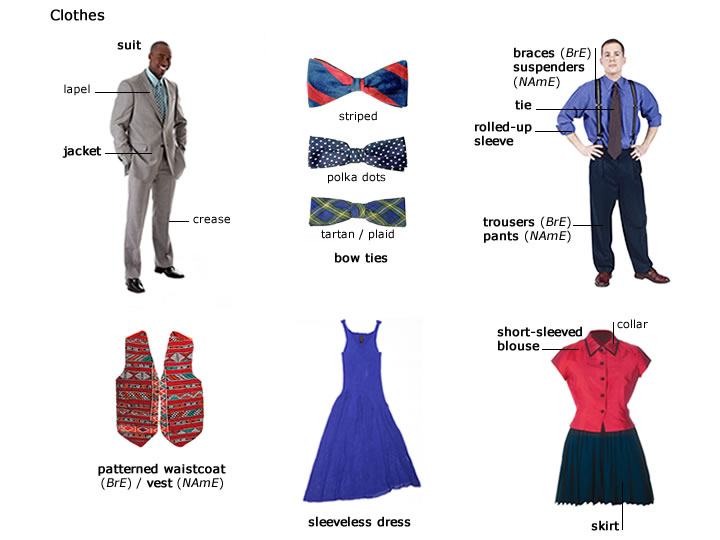|
Từ điển Oxford Advanced Learner 8th
 tartan
tartan

tar·tan [tartan tartans] BrE [ˈtɑːtn] NAmE [ˈtɑːrtn] noun 
1. uncountable, countable a pattern of squares and lines of different colours and widths that cross each other at an angle of 90°, used especially on cloth, and originally from Scotland
•a tartan rug
2. countable a tartan pattern connected with a particular group of families (= a ↑clan ) in Scotland
•the MacLeod tartan
3. uncountable cloth, especially made of wool, that has a tartan pattern
compare ↑plaid
Word Origin:
late 15th cent. (originally Scots): perhaps from Old French tertaine, denoting a kind of cloth; compare with tartarin, a rich fabric formerly imported from the east through Tartary, a historical region of Asia and eastern Europe.
Culture:
tartan
Tartan is a traditional woollen cloth from Scotland that has patterns of squares and lines woven in various colours. Patterns depended originally on dyes available from local plants, so each area developed its own tartan. Tartans were not at first associated with a particular ↑clan. From the late 18th century, Scottish regiments wore different tartans as an identifying feature, and the design of an individual tartan for each clan followed soon afterwards. The most famous tartans include ‘Black Watch’, the tartan of the ↑Royal Highland Regiment, which is black and dark green, and ‘Royal Stuart’, the mainly red tartan of the ↑royal family.
Scotsmen may wear a kilt (= a man’s skirt with pleats that reaches to the knees) and sometimes a plaid (= cloak), or simply a tie, in their clan’s tartan. Apart from those who work in the tourist industry, few Scots wear tartan as part of their ordinary clothing. Men wear kilts when taking part in Scottish dancing displays or for formal occasions such as weddings.
Many Scots consider it wrong to wear the tartan of a clan to which they do not belong, but this has not prevented tartan, or tartan-like patterns, becoming fashionable in Britain and abroad. For some people tartan has romantic associations with Scotland’s history and its wild and beautiful countryside. Women’s kilts, skirts and dresses, as well as scarves, bags, travelling rugs, and many other articles, are made in tartan patterns. Goods sold to tourists, such as tins of ↑shortbread biscuits, are decorated with tartan patterns to indicate their origin.
|
|
|
Related search result for "tartan"
|
|
